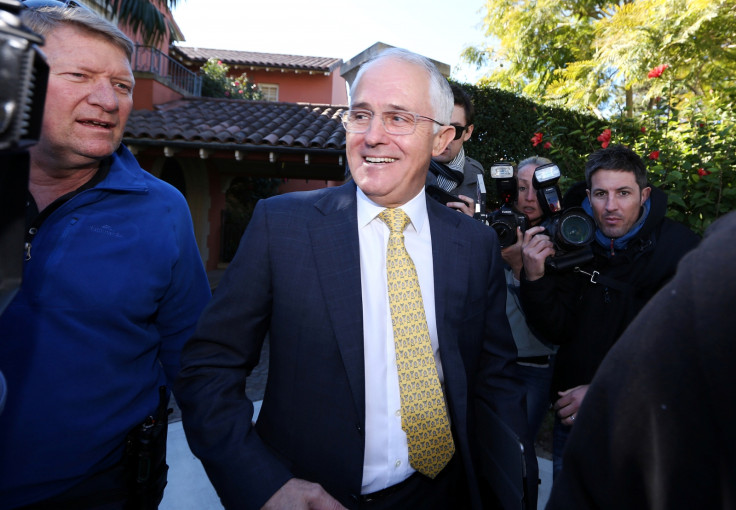Australia elections: Tight vote could result in hung parliament
Neither the ruling Liberal-National coalition led by Malcolm Turnbull nor Labour has secured a majority.
Australia could be heading towards a hung parliament for the second time in six years after the two main parties in the country failed to win a majority in the general election on 2 July.
Eleven out of 150 seats in the lower house of parliament were too close to call with 77% of the votes counted on the morning of 3 July (Sunday). According to the official Australian Election Commission tally, the ruling Liberal-National coalition led by Prime Minister Malcolm Turnbull got 65 seats while Labour led by Bill Shorten secured 67 seats. Independents won two seats and the Greens one.
The final outcome of the elections may not be out for days, as the counting of postal and absentee votes will resume on 5 July, Tuesday. According to experts, these votes are normally in favour of the incumbent candidate.
Estimates showed the most Turnbull could hope for was 74 seats, after which he will have to make a deal with independents and minor parties to build a coalition and to stay in power.
Turnbull acknowledged that the race was "very, very close while making a speech to his supporters in the early hours of 3 July. He said: "Based on the advice I have from the party officials, we can have every confidence that we will form a coalition majority government."
He added: "We live in times of rapid economic change, of enormous opportunities, and enormous challenges. A time when we need to be innovative, when we need to be competitive, when we need to be able to seize those opportunities."
Turnbull came to power in September last year after dislodging Tony Abbott and promised to end the political instability in the country.
Meanwhile, his rival Shorten said Turnbull's government has lost its mandate to govern. He said: "Mr Turnbull will never be able to claim that the people of Australia have adopted his ideological agenda."

© Copyright IBTimes 2025. All rights reserved.





















